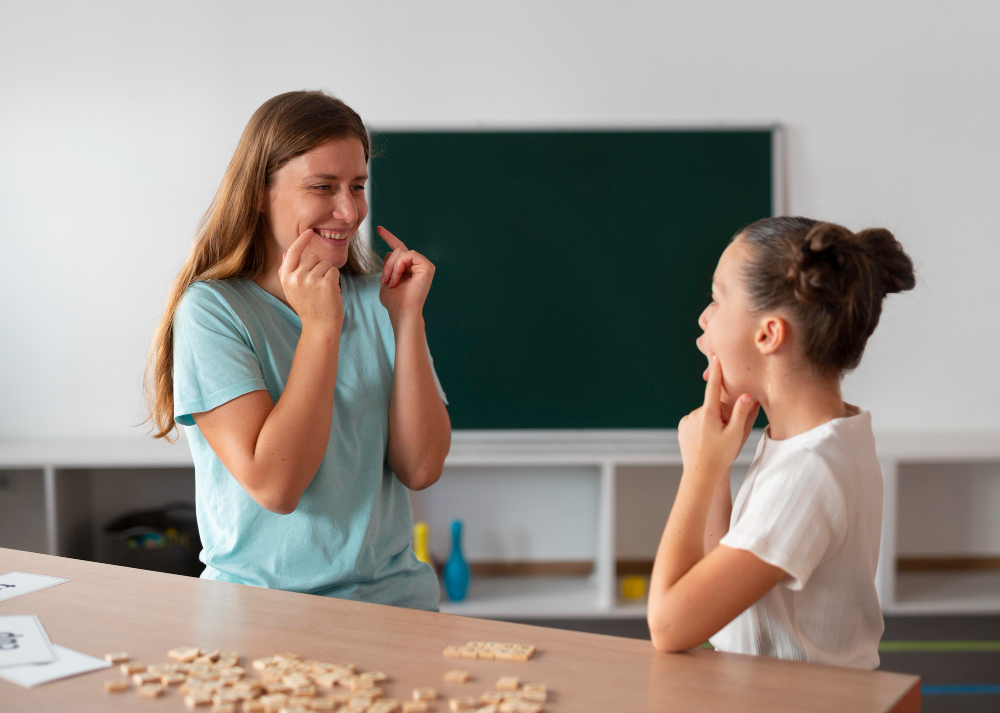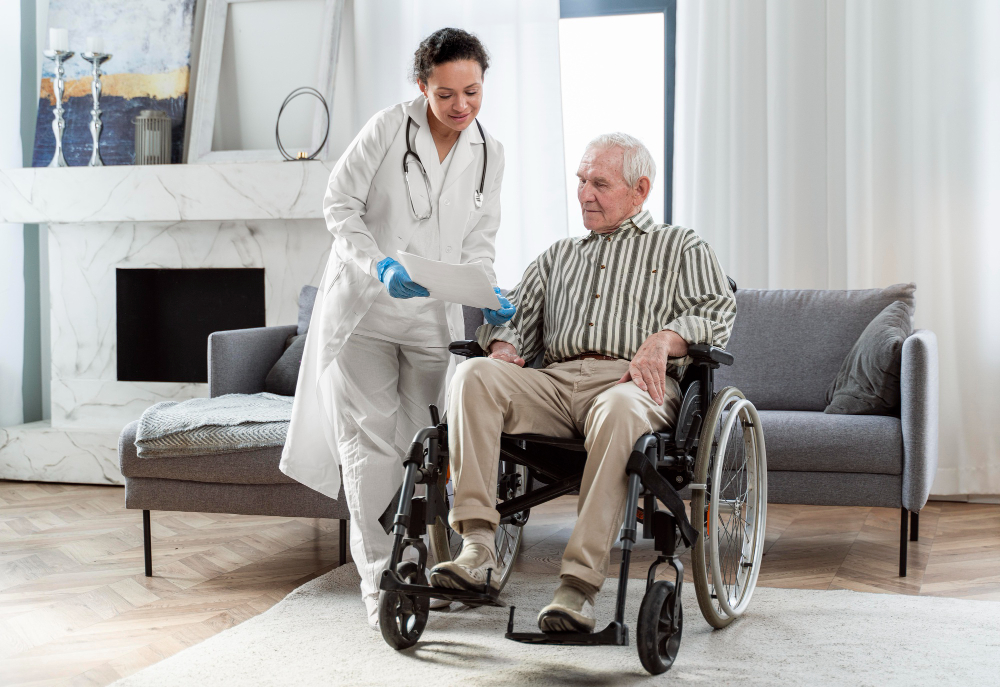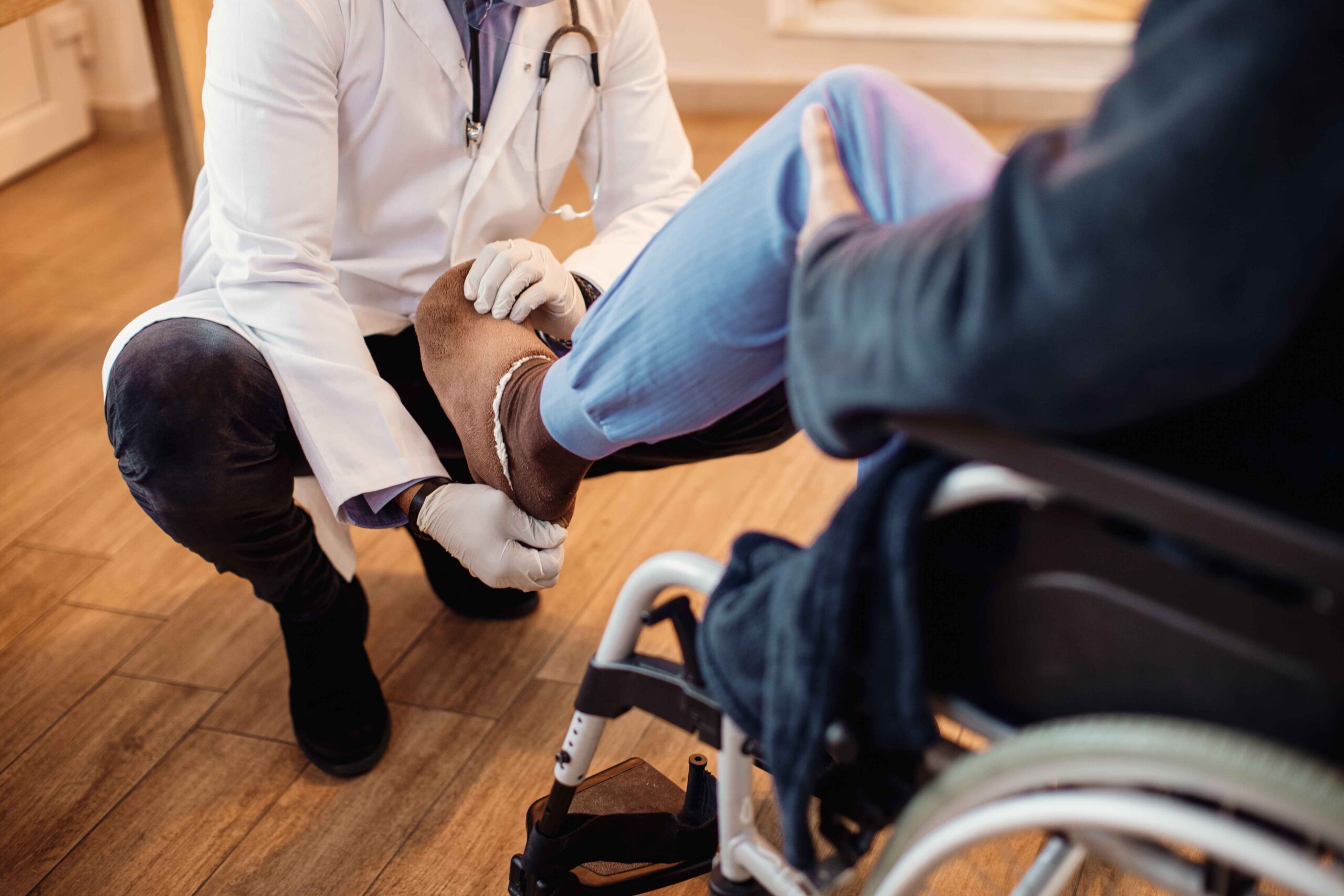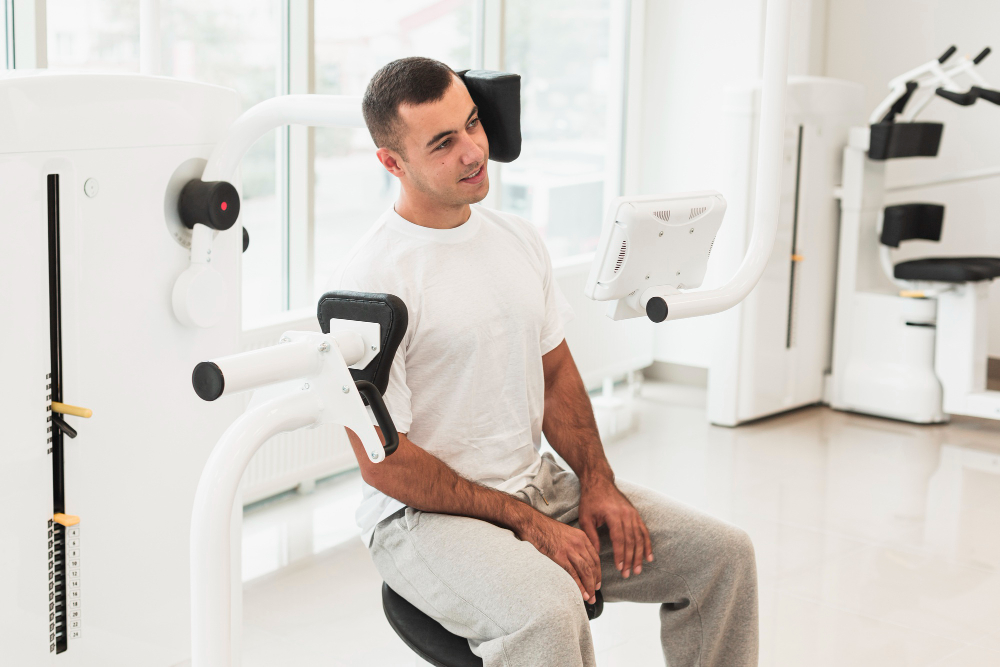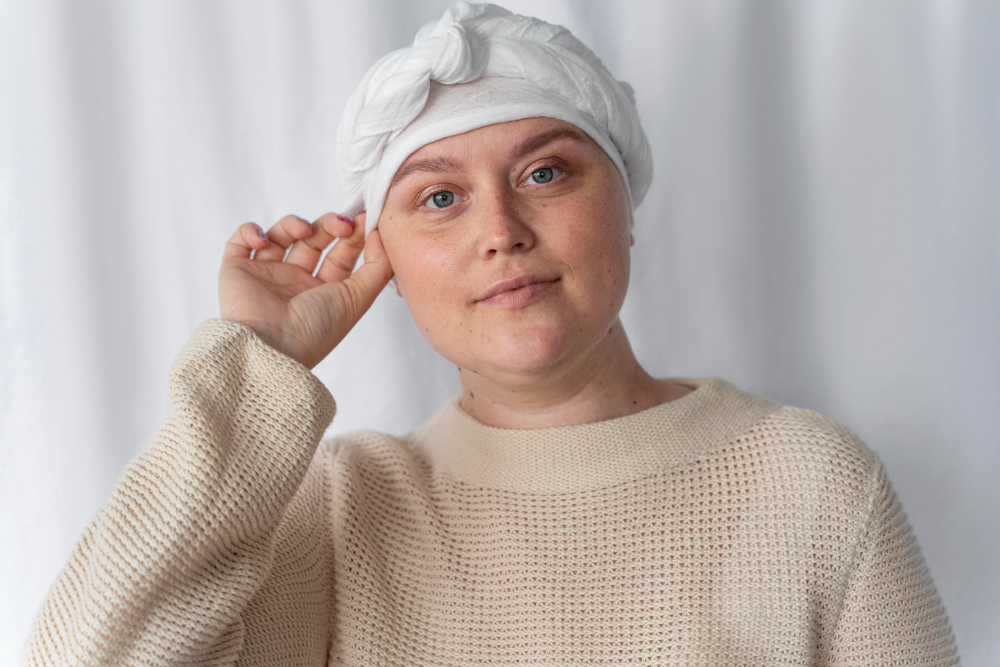
Last updated on by MRC
Imagine waking up one morning, looking in the mirror, and realizing that half of your face doesn’t respond.
A smile feels impossible, and the simplest tasks, like eating or speaking, become difficult challenges. This is the reality for many who experience facial paralysis, a condition that can transform everyday life into a struggle. While it might seem sudden and unexplained, the roots of facial paralysis often lie in a complex web of causes—from the mysterious Bell’s palsy to the sudden impact of a stroke, trauma, or infections.
Understanding these factors is not just about medical terminology; it’s about acknowledging the emotional and physical battles faced by those affected. Let’s focus on facial paralysis causes, shedding light on the intricacies that can lead to such a profound change in one’s life.
Facial paralysis, in medical terms, refers to the loss of voluntary muscle movement in one or both sides of the face, resulting from damage to the facial nerve (cranial nerve VII).
This condition can lead to a range of symptoms, including drooping of the mouth or eyelids, difficulty closing the eye, and impaired facial expressions.
The severity of facial paralysis can vary from mild weakness to complete inability to move facial muscles. It can be caused by various factors, including infections, trauma, neurological disorders, or congenital conditions, and may require medical evaluation and treatment to address the underlying cause and improve recovery.
Facial paralysis can occur due to a variety of facial paralysis causes, each affecting the facial nerve (cranial nerve VII) differently. Understanding these causes is crucial for effective diagnosis and treatment. Here are some of the primary factors:
This is one of the most common causes of facial paralysis, characterized by sudden, unexplained weakness or paralysis of one side of the face. Although the exact cause is unknown, it is often associated with viral infections, particularly those that affect the upper respiratory tract. In most cases, the paralysis is temporary, with many patients experiencing full recovery within weeks to months.
A stroke can lead to facial paralysis if it affects the areas of the brain that control facial muscle movements. This typically results in weakness on one side of the face, often accompanied by other neurological symptoms such as speech difficulties or weakness in the limbs.
Physical injuries to the head or face can damage the facial nerve, leading to facial paralysis. This can occur from accidents, surgical procedures, or blunt force trauma. The extent of paralysis depends on the severity of the injury.
Certain infections, such as Lyme disease or Ramsay Hunt syndrome (which is caused by the varicella-zoster virus), can lead to inflammation and damage to the facial nerve, resulting in facial paralysis. These conditions may also present with additional symptoms like rash or pain.
Benign or malignant tumors in the vicinity of the facial nerve can compress or invade the nerve, leading to paralysis. Acoustic neuromas, for example, are tumors that can affect the facial nerve and cause weakness on one side of the face.
Conditions such as multiple sclerosis or Guillain-Barré syndrome can also result in facial paralysis. These disorders affect the nervous system, leading to varying degrees of weakness or paralysis in different muscle groups, including those in the face.
Some individuals are born with facial paralysis due to congenital conditions that affect the development of the facial nerve or the muscles of the face. This may be apparent at birth or become noticeable as the child grows.
Various other medical issues, such as diabetes or hypertension, can contribute to the risk of developing facial paralysis due to their effects on blood flow and nerve health.
The treatment for facial paralysis largely depends on the facial paralysis causes and the severity of the condition. An accurate diagnosis is essential for determining the most effective treatment plan. Here’s a comprehensive overview of potential treatment options:
Must Read: Nutrition and Paralysis: How Diet Can Impact Recovery
While the facial paralysis causes can vary widely—from viral infections like Bell’s palsy to neurological disorders—physiotherapy can significantly aid recovery by addressing both physical and emotional aspects of the condition. Here’s how physiotherapy contributes to the treatment of facial paralysis:
Physiotherapists design individualized exercise programs aimed at restoring movement in the affected facial muscles. These exercises often include:
Facial Exercises: Simple movements like smiling, frowning, and puckering help engage and strengthen weakened muscles, promoting coordination and improving overall function.
Neuromuscular Re-education: Techniques that focus on retraining the brain to communicate with the facial muscles can be particularly beneficial, especially for patients recovering from stroke or other neurological issues.
Facial paralysis can lead to asymmetry, which may affect self-esteem and emotional well-being. Physiotherapists work on exercises that target both sides of the face to promote balance and improve symmetry.
Reducing Stiffness and Pain: Physiotherapy can help alleviate stiffness in the facial muscles, which often accompanies paralysis. Techniques such as massage and stretching exercises can reduce muscle tension and pain, enhancing comfort and mobility.
Enhancing Sensory Awareness: Many individuals with facial paralysis experience altered sensation in the face. Physiotherapists may incorporate sensory re-education techniques to help patients regain awareness of touch and temperature, improving their overall sensory integration.
Related reading: A Comprehensive Guide to Speech Therapy Techniques
Facilitating Communication: Facial paralysis can impact speech and communication. Physiotherapists often collaborate with speech therapists to develop strategies that improve articulation and clarity, enabling patients to express themselves more effectively.
Psychosocial Support: The emotional toll of facial paralysis can be significant. Physiotherapists provide a supportive environment where patients can share their feelings and experiences. They may also encourage participation in support groups, fostering a sense of community and understanding.
Monitoring Progress: Regular physiotherapy sessions allow for continuous assessment of the patient’s progress. Physiotherapists can modify treatment plans as necessary to ensure optimal recovery based on the individual’s response to therapy.
The Medical Rehabilitation Center (MRC) stands out as the premier paralysis hospital in Kolkata, dedicated to providing comprehensive care for individuals dealing with paralysis and related disorders. MRC offers an array of services, including physiotherapy, paralysis treatment, and pain management, delivered by a multidisciplinary team of experts. This collaborative approach ensures that each patient receives tailored care addressing their unique needs, encompassing diagnostics, medical treatment, paralysis exercises for recovery patients, integrated therapeutics, and surgical rehabilitation—all within a comfortable and supportive environment, open 365 days a year.
One of MRC’s unique initiatives is the organization of discussions among the rehab team, including specialists across various fields, to review the progress of indoor and daycare patients under the guidance of PMR doctors. This innovative concept not only enhances patient monitoring but also facilitates a holistic treatment plan, ensuring that all aspects of a patient’s recovery are addressed efficiently. With a commitment to excellence, MRC exemplifies the ideal setting for effective rehabilitation and recovery from paralysis, making it the best choice for patients in Kolkata.
